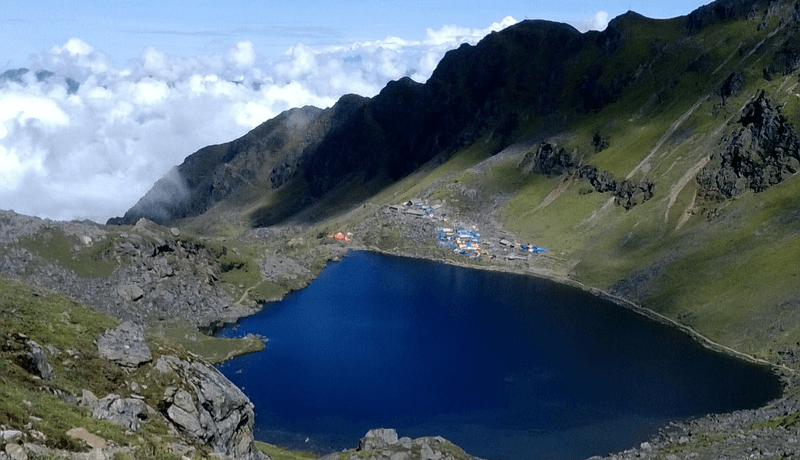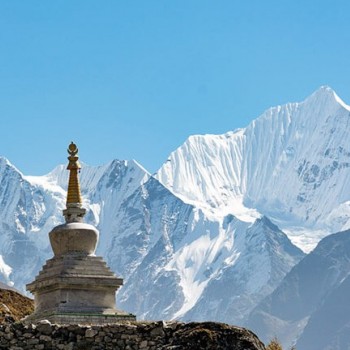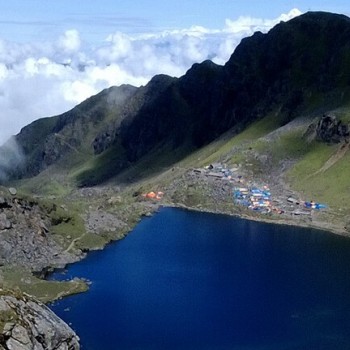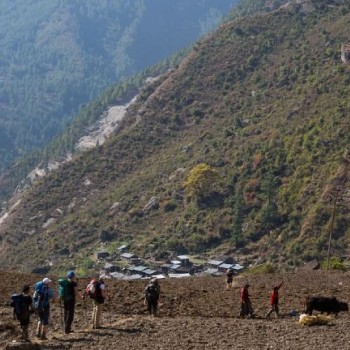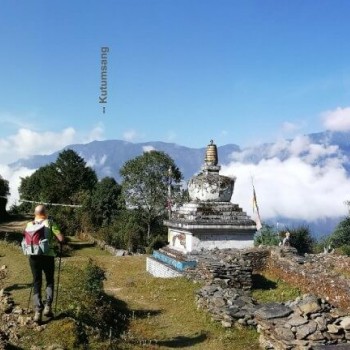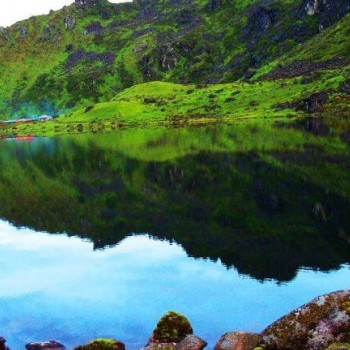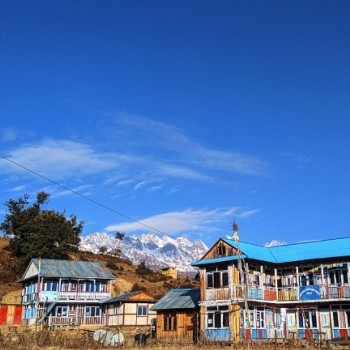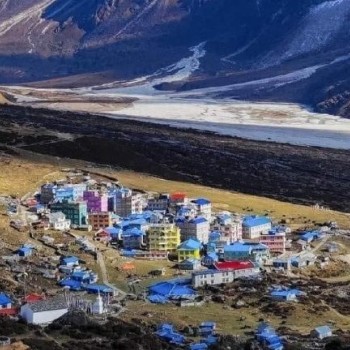FAQs
Top 10 Frequently Asked Questions (FAQs) for Langtang Valley Gosainkunda Trek
1. Can we trek the Langtang Gosainkunda Trek without a guide?
Yes, you can do the Langtang trek without a guide. But, the trekking routes are quite confusing, lots of different ways, numerous dense forests. This makes a problem for solo travelers. Sometime you may get lost on the trail.
Due to limited tea-houses in the Langtang region, there might be hard to get a room in high peak season. For that, the guide will help to book the room in teahouse prior to your arrival.
2. Can we customize the Langtang Gosainkunda Trek 12days itinerary?
Definitely, you can customize the Langtang Trek itinerary according to your available duration, cost, and group size. Kindly, contact us to customize the itinerary to Langtang Valley Trek.
3. How difficult is Langtang Gosainkunda Trek?
This is the most frequently asked questions that we receive often. First and foremost, you should be able to understand your physical fitness level. How much can you walk per day?
Langtang Trek is a moderate level of a trek. You don’t need any trekking experience or first-time trekker. For Langtang Trek 7 Days, you should able to walk on an average of 5-6 hours a day.
On day 5, when reaching the highest point of Kyanjin Ri (4500m) can be a little tough. Because we have to wake up pretty early to avoid cold wind. After reaching to Kyanjin Ri, you will be amazed to see the sunrise and view of Langtang Lirung and wonderful glaciers. If you complete this day, the next day is quite easy to trek down around Langtang Region.
If you have a willing power or dedication to complete the Langtang Valley Trek. Then, it’s not that much difficult. In between the trekking, the guide will recommend you take a various level of walking pace depending on your itinerary. Our professional guide will help to make your trip more physical friendly.
4. What is the maximum altitude that we can reach in Langtang Valley Gosainkunda Trek?
The maximum altitude that you can reach in Langtang Valley Trek is Kyanjin Ri (4500m). But, if you want to extend the Langtang Trek to one more night, then you can reach ever higher altitude – Tserko Ri (5000m). From the top, you can view the amazing mountains and valley.
5. How is transportation from Kathmandu to Syabrubesi start point?
To reach the starting point of Langtang Trek, you have two option. The first option is to take four wheels private jeep, which can accommodate 7 people. Whereas, the second option is to book a local bus ticket from Machhapokhari, Kathmandu.
While traveling from the local bus, you can interact with local people, But, do expect some crowd, local gossips, too many stops and opportunity to make new local friends. It will take 7-8 hours drives to reach the starting point of Langtang Trek.
Traveling from private jeep is more convenient and comfortable than the local bus. You will even reach quickly to Syabrubesi (5-6 hours).
6. Do we need Travel Insurance?
Yes, you need travel insurance to overcome the unforeseen circumstances such as; Bad weather (Snow, Storm, Landslides and other natural disasters), Acute Mountain Sickness (AMS), food poison and physical accident.
7. What sort of trekking clothing and equipment do we need for Langtang Valley Gosainkunda Trek?
We have listed the trekking clothing and equipment you need for Manaslu Circuit Trek. Click Here!
8. What kind of food and accommodations can be found in Langtang Trek?
On 2015 earthquake, Langtang valley was the most affected trekking region in Nepal. Lots of teahouses were destructed. But, after a few years, lots of new teahouses were built with better facilities – room with attached bathroom, wifi, hot shower and more.
You can find the fresh local meal which will be made after your order. Expect to get some healthy foods such as; Nepali Dhal Bhat, MoMo, Macaroni, Noodles, Pizza, and others. Also, don’t miss out to taste the 100% Real Yak Cheese in Kyanjin, Langtang village.
Important Tips: Don’t forget to bring tablets or filter to save the drinking water cost. You can also refill the safe drinking water (private expenses) from every teahouse situated in the Langtang region.
9. Which is the best season for Langtang Gosainkunda Trek?
The best seasons for Langtang Trek are Spring (March, April, May) and Autumn (September, October, November). In Langtang trek, you don’t need to pass the high altitude. Hence, it’s also possible to trek in Winter season of Nepal (December, January, and February)
10. What is the cost of Langtang ValleyGosainkunda Trek?
We offer this trek in USD 600 per person. This cost covers all your important expenses – Trekking Permit, Local Bus ticket, foods and accommodation during the trek, guide and porter. If you would like to plan Langtang Trek by Private jeep. You have to pay extra. Also, if you are doing this trek solo, then you have to pay supplement cost.

